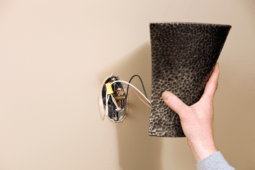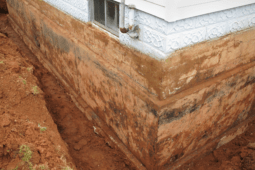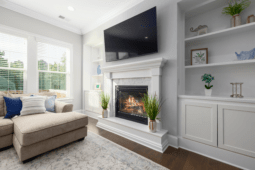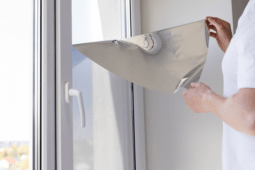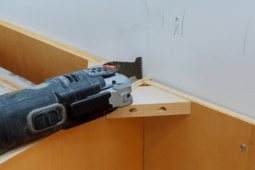Easy Ways to Shade Your Deck or Patio—From DIYs to Best Buys
A shade is as customary as furniture in your deck or patio. It helps provide shelter against the merciless heat of the sun and the drizzles of cold rain. A shade allows you to enjoy a fun time outside regardless of the weather. From permanent awning for a deck to portable canopies, there are many shade ideas that you can install on your deck or patio.
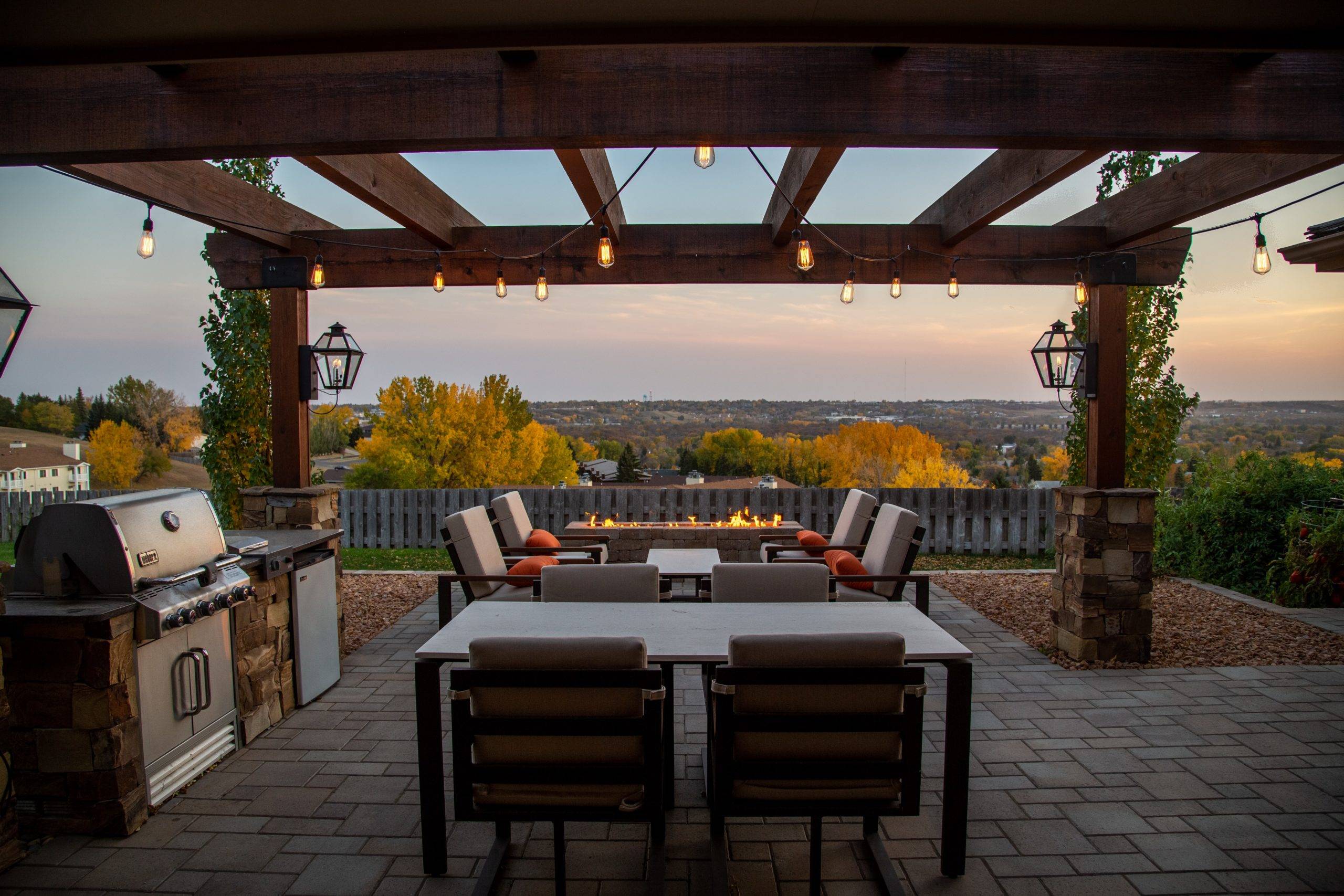
There are many different patio awning ideas that you can choose from. The skills required to install these shades range from simple to complicated. But rest assured that whatever skills you have, there is at least one permanent awning for decks or temporary patio shades you can choose from this list to DIY.
Remote-Controlled Retractable Patio Awning
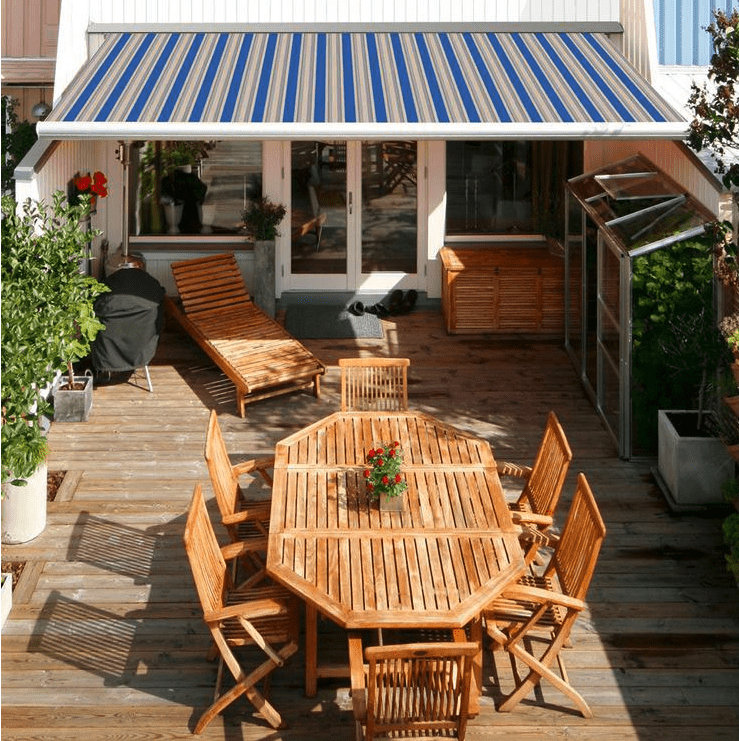
Technology has, indeed, soared high for the past years. One of the smartest patio awning ideas that we’ve ever seen is the use of technological advancement to operate your sunshade. This type of awning has arms that push and pull the awning to its place. With the help of a single push on a button, you can conveniently shade yourself from the sun. Once you push the button, it activates the motor to spin and move the awning. This easily allows you to protect yourself and your guests from the sun and drizzle without the need to stand up from your outdoor sofa.
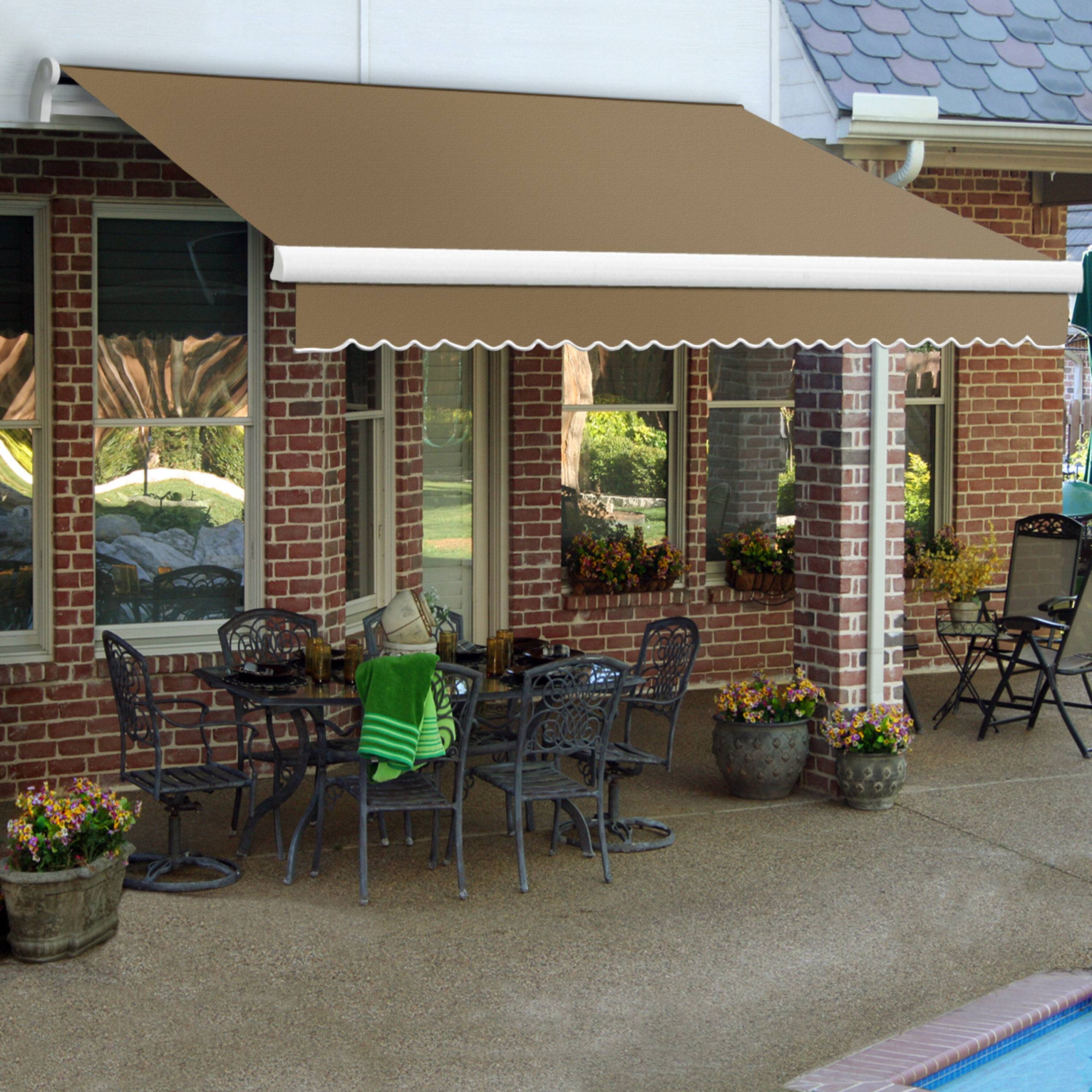
Pros:
- Convenience. The main benefit you can get from this type of awning is convenience. With the remote operation, you don’t need to stand up and do manual cranking to cover or remove your shade. As one of the best patio awning ideas, a remote-controlled retractable awning is worth a try for its efficiency.
- Compatibility with sun and wind sensors. The sun sensor provides you with the actual UV radiation level so that you can protect yourself against harmful UV rays. Meanwhile, the wind sensor alerts the motor when the wind starts to become harsh. It activates the motor to retract the awning automatically to ensure that the fabric is protected from wind damage.
Cons:
- Expensive. Given its state-of-the-art features, motorized retractable awnings cost more than your average awning.
- Sensor replacements may be costly. Again, this awning comes with a hefty price! Electric sensors need to replace over time, and this can add up to the cost.
- Power shortage may affect operation. Whenever a power cut occurs, you need to use manual operation.
Manual Retractable Awning
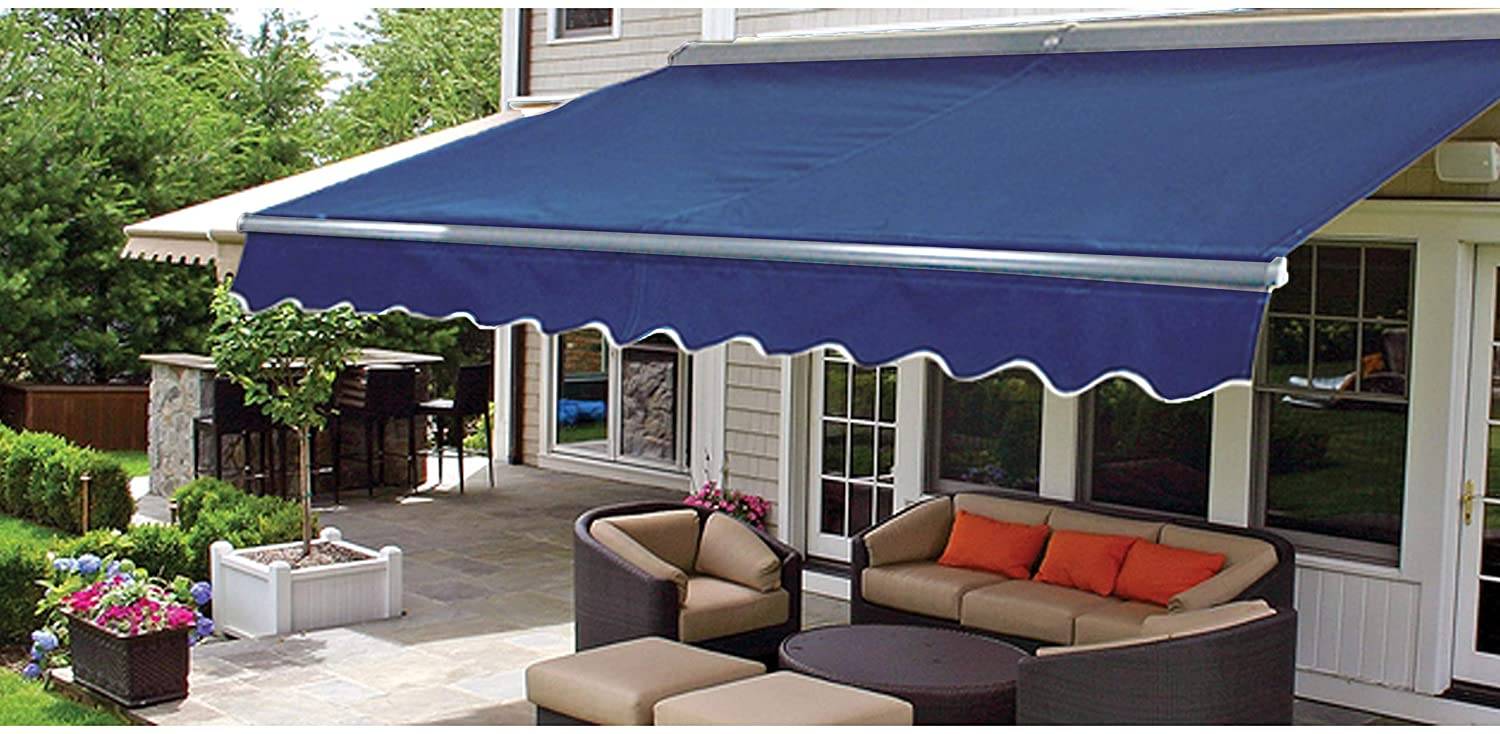
As much as budget is concerned, a manual retractable awning will give a proper shade without the need of spending too much. The shade optimizes your outdoor area as you chill with friends and family on your outside deck. It uses a manual crank to open and close the fabric.
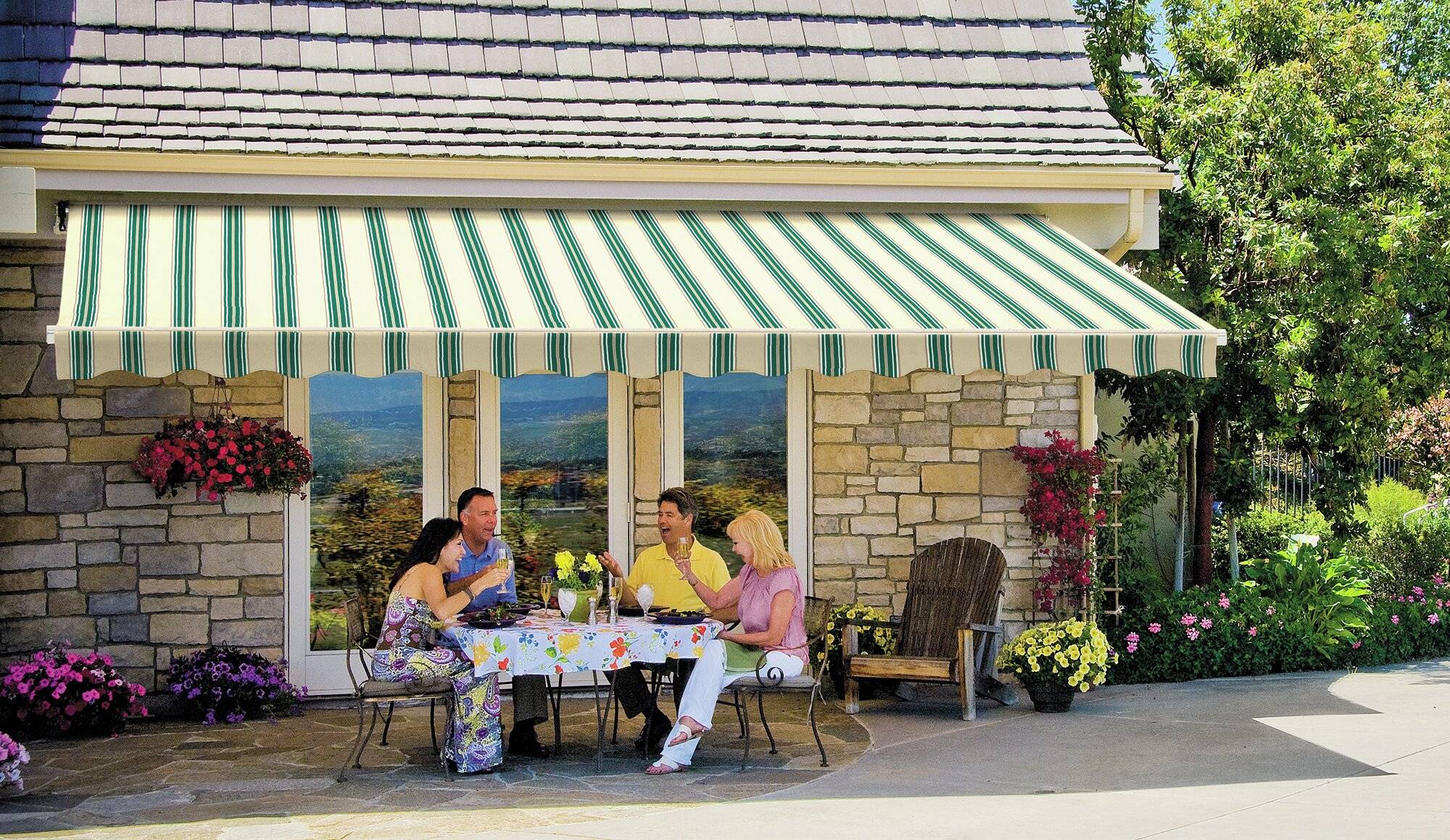
Pros:
- Flexibility. Compared to a permanent awning for deck, a retractable awning provides more flexibility. You can easily retract it when you don’t need to use it, and extend it again when the sun or rain comes.
- Protection. As much as awnings protect your furniture and you, a retractable awning also protects itself. When retracted, it prevents damage from storms, high winds, and other nasty weather changes.
Cons:
- Expensive. Though it is not as expensive as a remote-controlled awning, this sunshade still comes at a higher price than a permanent awning for deck.
- Cranking isn’t generally convenient. You cannot laze around with a manual retractable awning. You need to get up and operate it by yourself whenever you want to retract or extend it.
Permanent Awning for Deck
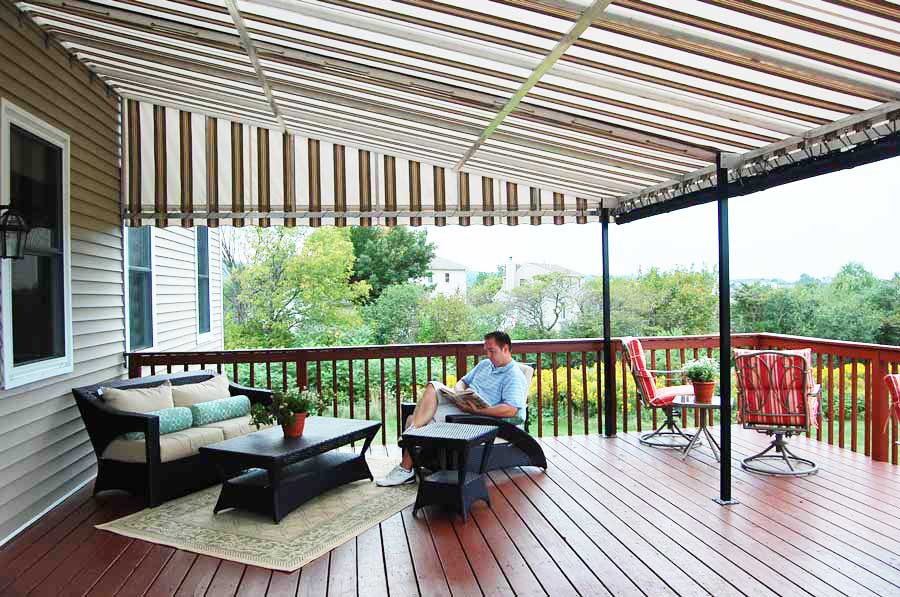
A permanent awning for decks is also one of the patio awning ideas we want to recommend. This choice is best for people who are determined to protect their valuable patio furniture all-year-round. Typically, a fixed awning is made from aluminum and metal frames. Making your own permanent awning is doable with the right carpentry skills. However, if you are still unsure about how things need to be done, it is best to consult a key professional.
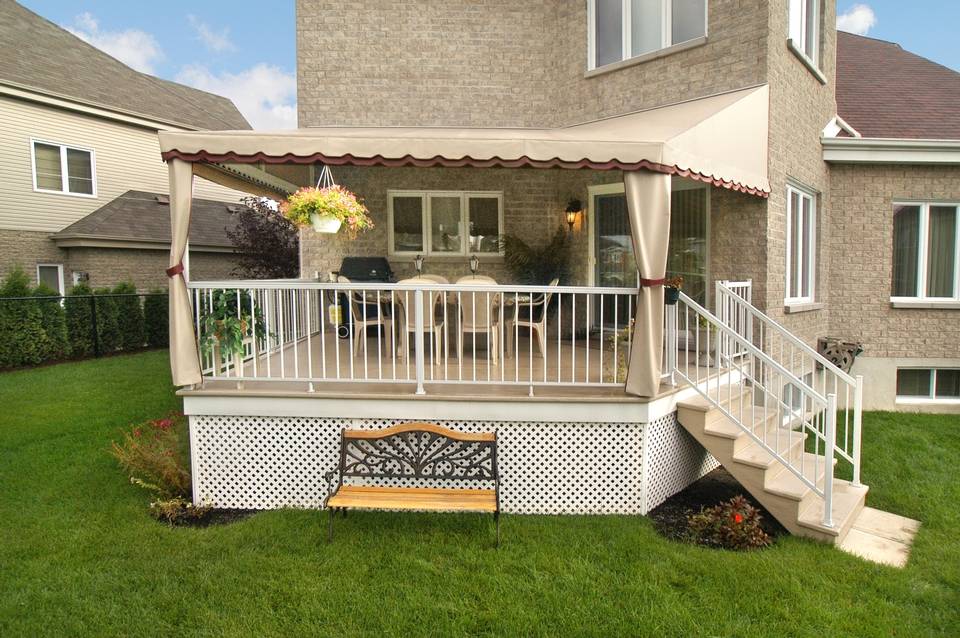
Pros:
- Sturdy construction. A fixed awning is a permanent awning for deck. Thus, it is sturdy and reliable in nature. It can withstand different weather all-year-round, so you can be assured that you are protected at all costs. There is no need to winterize nor make your patio summer-ready. The awning will protect your deck 24/7 for the entire year.
- Customized to your patio. What makes a fixed awning one of the best awning patio ideas is the fact that it is mostly customized. A permanent fixture needs thorough consideration and requires proper planning so that it goes well with the rest of your exterior design.
- Less maintenance. Once the permanent awning for deck is built, it can last for decades. Sure, you may need to maintain and wash them once or twice a year, but that’s mostly it.
Cons:
- Not movable. The most obvious disadvantage of a fixed awning is that you cannot move it. There might be times when you want to retract it so that you can get more sun. Unfortunately, a permanent awning for deck won’t allow that.
- Exposure to elements all-year-round. A fixed fixture such as a permanent awning also becomes a target of harsh elements. Since you cannot keep it safe from different weather conditions, it may wither over the years. For example, fabrics may fade over time and steel may rust as well.
Gazebo/Canopy
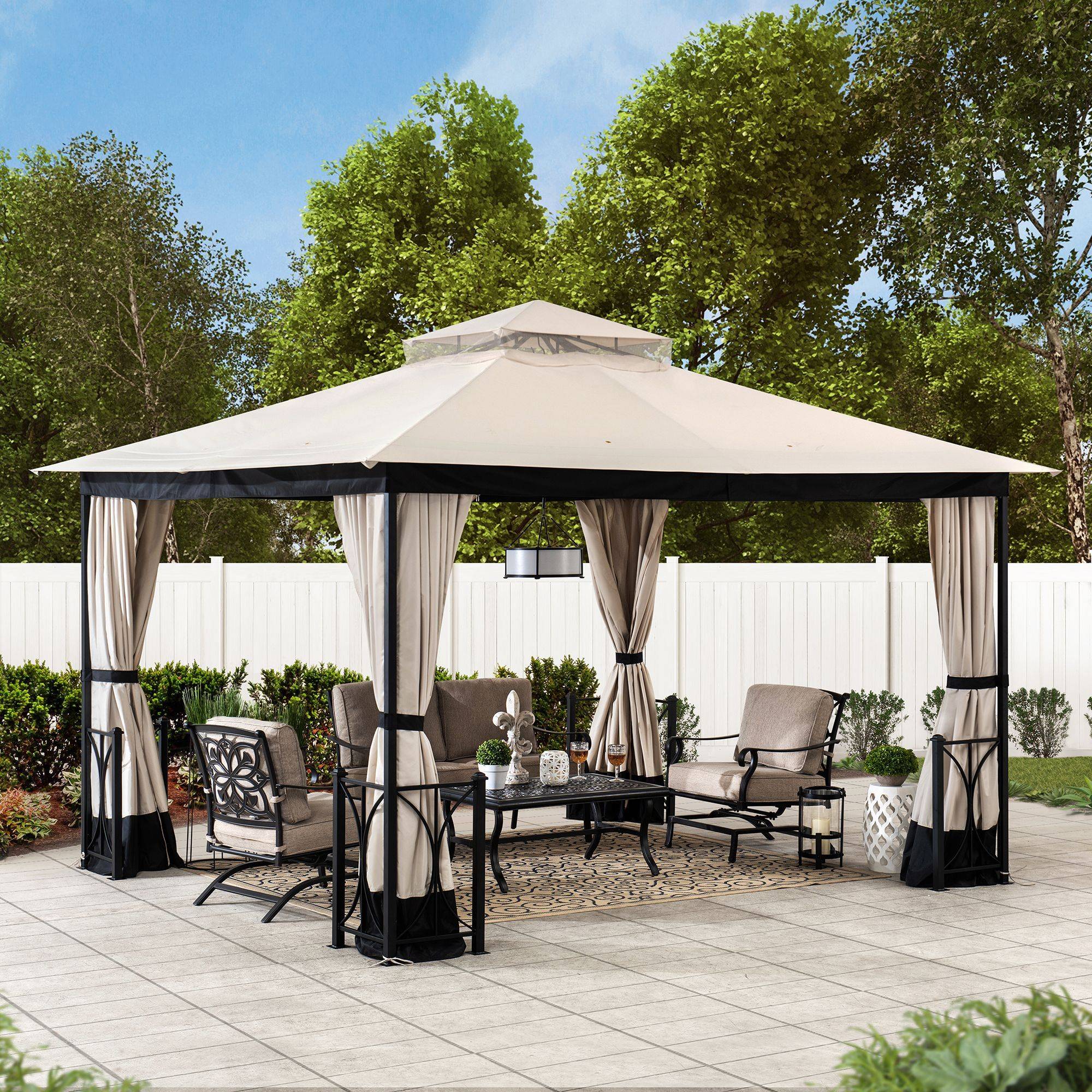
If you run out of patio awning ideas, then go for a gazebo or canopy instead. There are many types of gazebos and canopies ranging from permanent fixtures to portable ones. Gazebos and canopies can provide the shade you want amidst rain and sun. And if you get to a point where you’re tired of it, you can easily uninstall the portable ones and store them for your next use. Additionally, gazebos and canopies add posh and luxury to your outdoor area.
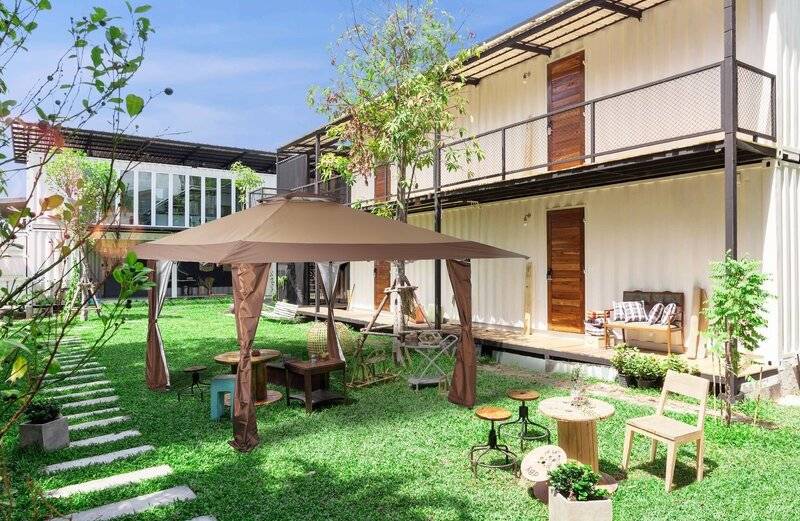
Pros:
- Affordable. Many people prefer gazebos and canopies because of their affordable pricing. Whether you construct it as a permanent fixture on your deck or purchase a DIY installation, gazebos and canopies are budget-friendly.
- Easy installation. Portable gazebos and canopies are really easy to install. Some may need power tools such as drills and hammers, but some barely require anything aside from your ability to follow the instruction manual.
Cons:
- Not durable enough to stand harsh weather. Fixed gazebos may withstand the test of time, but we cannot say the same for pop-ups and portable ones. Some materials of these tents may not be suitable for harsh weather. However, you can still be protected from light drizzle and the sun’s harmful UV rays.
Pergola

Unleash your inner woodworking ability by creating a wooden pergola. Choose a pergola if you run out of patio awning ideas. A pergola provides the necessary shade against the sun when you add a fabric to it. You can be as creative as you want when it comes to designing your personal pergola. Some people, who do not want the typical canopy covering, make use of climbing vines or hanging plants. The ingenious idea shades you from the harsh sun and debris while beautifying your surroundings.
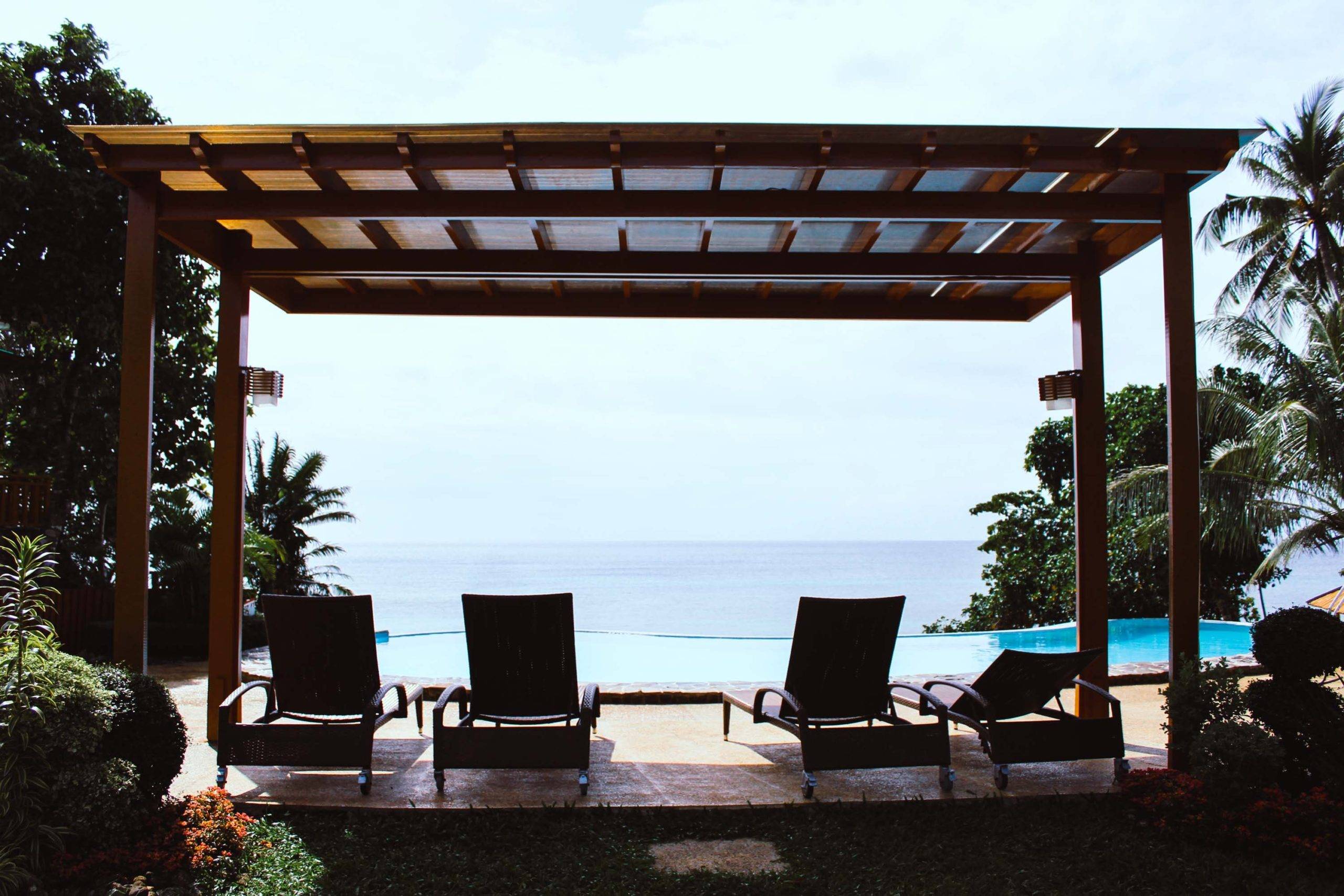
Pros:
- Easy to DIY. You can find many DIY guides on how to create a pergola. That means you don’t have to spend a lot since you can simply do it on your own. Giving enough time and effort will allow you to complete a DIY pergola project in no time.
- Personalized design. What makes a pergola a great substitute for a permanent awning for deck is the fact that you can personally design it to fit your exterior. Having a personalized pergola design will not ruin your exterior façade since you can make something that will properly match whatever you have already built outside.
Cons:
- Termites. Most pergolas are made from wood. That being said, wood’s worst enemies are termites. Though some wood like cedar fights off termites, most woods require regular treatment to deter termites from taking over your pergola.
- Maintenance. Termites aside, pergolas require a lot of maintenance work. You need to clean it, treat it, and re-paint it. Mildew is also one of the common problems of pergola owners living in humid areas. The beauty of the pergola may diminish over time considering the fact that it faces all types of weather head-on. Hence, you need to re-paint it every few years. If you opt for plants as additional shade, you need to maintain the plants by trimming. Consequently, if you use a fabric canopy, this may discolor over time and needs replacement as well.
Takeaway
There are many patio awning ideas that you can choose from. But if you do not want a permanent awning for deck, you can always explore other options. Your patio is your own free space where you can relax regardless of the weather. So, make sure that you choose the best shade that will suit your everyday needs.

